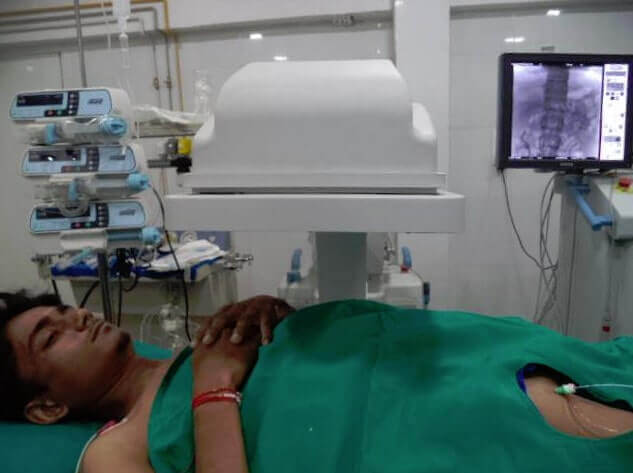The importance of vaccines in preventing infectious diseases.
Vaccines have played a crucial role in public health throughout history. The first successful vaccine was developed by Edward Jenner in 1796 to protect against smallpox, marking a significant milestone in preventive medicine. Over the years, advancements in vaccine technology have led to the development of vaccines for various infectious diseases, significantly reducing the burden of illness and death in populations worldwide.
The introduction of vaccines has had a profound impact on public health by controlling and eradicating infectious diseases. Vaccination programs have effectively curbed the spread of diseases such as polio, measles, and influenza, leading to a decline in morbidity and mortality rates globally. As a result, vaccines have not only saved countless lives but have also contributed to the overall well-being and longevity of populations.
Common misconceptions about vaccines and their debunking
Vaccines have been a subject of misinformation and myths for many years. One common misconception is that vaccines can cause autism. However, numerous scientific studies have debunked this claim, confirming that there is no link between vaccines and autism. The initial study that suggested a connection has been discredited and retracted, emphasizing the importance of relying on credible sources for accurate information.
Another misconception is that vaccines contain harmful ingredients that can be detrimental to health. In reality, vaccines undergo rigorous testing to ensure their safety and efficacy. The ingredients used in vaccines, such as preservatives and adjuvants, are present in very small amounts and have been deemed safe for use by health authorities. It is essential to recognize that the benefits of vaccination far outweigh the risks, helping to prevent serious diseases and protect public health.
The role of herd immunity in protecting vulnerable populations
Herd immunity, also known as community immunity, plays a crucial role in safeguarding vulnerable populations against infectious diseases. When a large proportion of the community is immune to a particular illness, it creates a protective barrier that limits the spread of the disease. This collective immunity not only benefits those who are vaccinated but also provides a level of protection for individuals who cannot be immunized, such as newborns or individuals with certain medical conditions.
By reducing the overall prevalence of a disease within a community, herd immunity helps to break the chain of transmission. This is especially important for vulnerable populations, such as the elderly and individuals with weakened immune systems, who are at a higher risk of severe complications from infections. When enough people in a community are vaccinated, the likelihood of someone coming into contact with a contagious individual is significantly lowered, ultimately leading to better protection for those who are most susceptible to the harmful effects of infectious diseases.
What is herd immunity?
Herd immunity is when a large percentage of a population is immune to a contagious disease, providing indirect protection to those who are not immune.
How does herd immunity work in protecting vulnerable populations?
When a significant portion of the population is immune to a disease, it reduces the likelihood of the disease spreading and reaching vulnerable individuals who may not be able to receive vaccines or have weakened immune systems.
What are some common misconceptions about vaccines?
Some common misconceptions include the belief that vaccines cause autism, contain harmful ingredients, or are not necessary due to improved sanitation and hygiene.
How do vaccines impact public health?
Vaccines have played a significant role in reducing the incidence of many serious diseases and have even led to the eradication of some diseases, such as smallpox.
Is herd immunity a reliable way to protect vulnerable populations?
Yes, herd immunity is an effective way to protect vulnerable populations who may not be able to receive vaccines or have weakened immune systems. By increasing the immunity of the population as a whole, the spread of contagious diseases is reduced, providing indirect protection to those who are most at risk.







